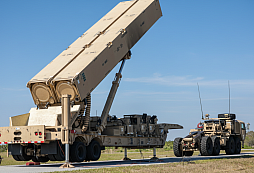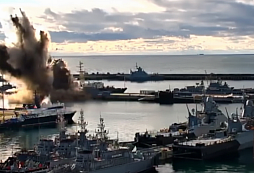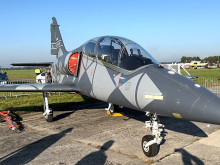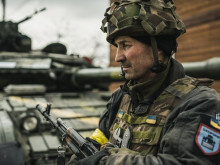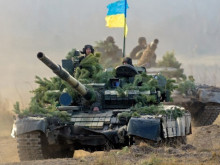In business and at war, the winner is the one who gains and maintains technological superiority, says Professor Bohuslav Přikryl, CSG Aerospace's Vice President for Research, Development and Innovation
Professor Bohuslav Přikryl is Vice President for Research, Development and Innovation of CSG Aerospace, a division of the Czechoslovak Group of companies operating in aerospace-related fields. His task is to build a system that will enable CSG Aerospace companies to ideally become technology leaders in their respective fields. This includes, among other things, the identification of strategic technological trends that should be given attention in the implementation of strategic decisions with regard to the future technological development of the CSG Aerospace division and for the application of advanced technologies in innovation. "In business and in war, whoever gains and maintains technological superiority wins. And we should be in the group of winners," says Professor Přikryl.
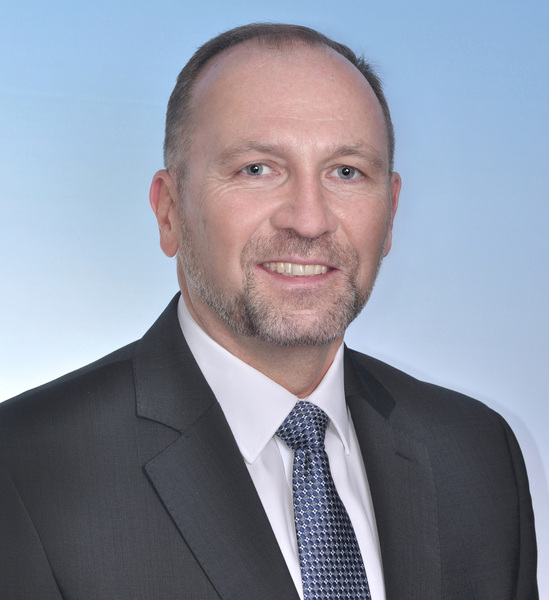
Picture: Professor Bohuslav Přikryl | Professor Bohuslav Přikryl’s archive
Professor, what are the key technologies that will drive innovation in the aerospace and defence industry?
I believe they can be characterised by four attributes: smart, connected, distributed and digital. Intelligent means that they will use elements of artificial intelligence and its collaboration with human intelligence, leading to breakthrough products in a wide range of fields. Interconnected means that virtual and physical domains will be connected, i.e. networks of sensors, organisations and autonomous agents will be created, for example, that will communicate with each other using new encryption methods. Distributed and digital means using decentralised and ubiquitous large-scale sensing, data storage and computation to achieve new breakthrough effects.
Can you describe these technologies more specifically?
In the first place, it will be about exploiting the full potential of artificial intelligence and machine learning. That is, a shift away from "traditional" AI towards enhancing machine and deep learning operations to shorten development cycles, industrialise and scale the development and deployment of custom machine learning solutions. At the application level, this will translate, for example, into C4 ISR in the development and use of multi-domain joint operational picture and situational awareness as a fundamental force multiplier for advanced militaries. Then there is big data and its advanced analytics. In this sense, for example, in relation to new and distributed sensors as critical activators of big data, including its advanced processing at the sensor through embedded analytics and deep learning. New sensors must be coupled with new sensor platforms with higher autonomy coupled with robotization of many other activities and performances, including the use of different kinds of effectors, i.e., destructors, supported by deep learning. In terms of the more distant future, we need to focus today on gathering information on the capabilities and limitations of hypersonic systems, assessing their potential threats and the technical challenges posed by hypersonic design. Finally, there will be quantum-assisted technologies that may reach deployment in the next 15 to 20 years and will fundamentally change established paradigms.
We have therefore identified the key technology trends. But how will they realistically translate within CSG into new products for customers?
That is the key question. Investment in higher-order product innovation follows similar principles to, say, the acquisition of a new company into the group. You have limited resources, both financial and human, and you have to make the right choices about where to focus. That is to say, pinpoint the technology directions that are worth paying attention to when applied in innovation. If you can't do that, and you develop a product for several years that someone else has developed before you, or if you develop a product that doesn't fulfill the application of advanced technology to the customer's needs, you've wasted those resources. So you have to form and develop a comprehensive, strategically driven, dynamic and efficiently resourced R&D and innovation system that can consume those needs and threats.
CSG is a very diverse industrial-technological group that produces radars, ground equipment, aerospace software or munitions. So what does a functional system for innovation in such a complex organism look like?
CSG's research, development and innovation system is being developed within the CSG Aerospace division and, if proven successful, may eventually be extended to other parts of the Group. In our division, for example, there was a technical council, which was mainly used for operational project management. We have changed it into an innovation council, staffed it with the companies' technical directors and given it new, more comprehensive competencies. It has become a qualitatively higher body that plans the R&D and innovation strategy and oversees its implementation. Its core competence is to develop innovation potential and innovation performance in the division's companies. We then gave the companies the impetus to participate in this system in the form of an internal grant programme, subsidised with 20 million crowns in 2022. Companies can submit their projects to the internal grant competition and, if they succeed, they have additional funds to strengthen their research, development and innovation capacities and to implement solutions in their products.
How have CSG Aerospace companies responded to this incentive?
Surprisingly positively and proactively. There were 14 projects, each of which made sense. These days, the final selection of those that will receive the grant is underway. It will be approximately half of the applicants that best meet the goals and objectives of the grant.
Can you tell us what these projects are?
I won't describe all 14 proposals, but I will mention at least some of them. The software companies CS SOFT and ATRAK expect to develop a unique product as a set of interconnected systems that will offer a complete solution to support drone management in the framework of UTM and ATM. This is a major product innovation with high market potential. Czech Aviation Services has designed a wireless video signal control and distribution system for the electro-optical system for UH-60 Black Hawk helicopters.
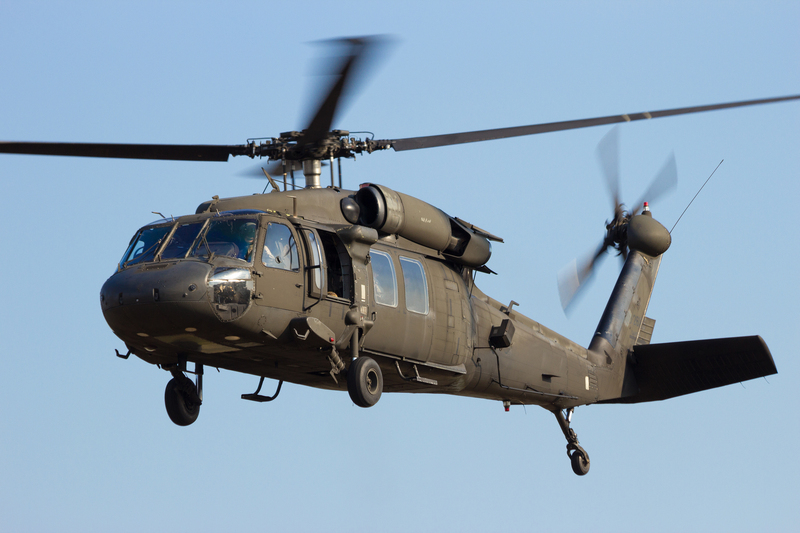 Picture: Czech Aerospace Services designed a wireless video signal control and distribution system for the electro-optical system for UH-60 Black Hawk helicopters | US Army
Picture: Czech Aerospace Services designed a wireless video signal control and distribution system for the electro-optical system for UH-60 Black Hawk helicopters | US Army
The use of this system will significantly reduce the time required for the initial modification of the helicopter and thus provide a competitive advantage. In turn, the radar manufacturer ELDIS proposes to implement a special unmanned aerial vehicle detection function in its primary radars that monitor normal flight traffic. This will significantly enhance the capabilities of existing hardware. Last but not least, RETIA has proposed a project to conceptualise a target identification system for own and foreign targets for antennas with electronically deflected antenna beams.
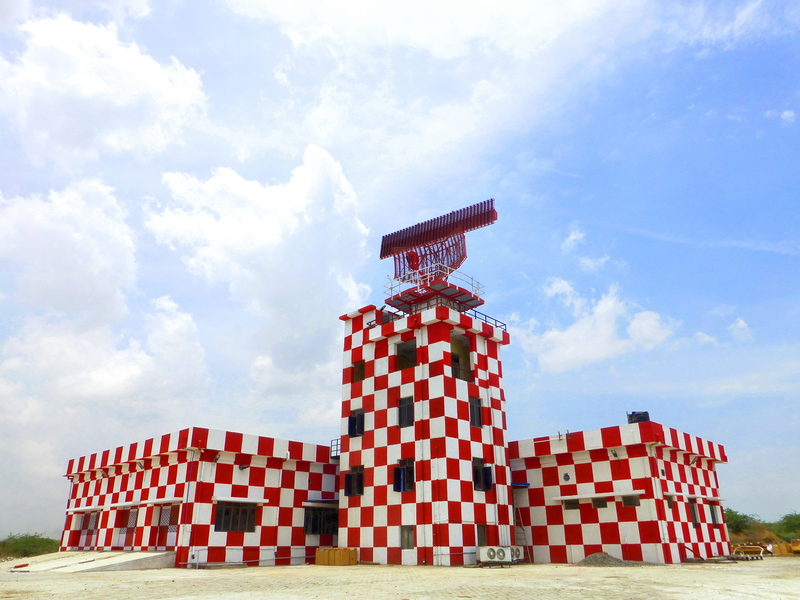
We have already mentioned that the development of breakthrough products is not free. Is CSG prepared to invest the necessary resources in development?
CSG has an owner who perceives that the issue of research, development and innovation is an absolutely key aspect that will determine the success of the efforts of the individual CSG Aerospace companies and CSG Holding as a whole to become one of the most advanced and prosperous companies in the world in the years to come. The owner has decided, for the time being within the CSG Aerospace division, that a certain percentage of the companies' resources will go compulsorily to research and development. I will not disclose the exact amount, but it is several tens of millions of CZK. However, there must be a system in place to guarantee that these resources are used efficiently and effectively for innovation and not to cover other expenses that someone would like to hide under the heading of 'innovation'.
In addition to its positive benefits, new technologies also have their downside. Billionaire Elon Musk, for example, is worried that artificial intelligence will endanger humanity. Nota bene, if it is applied to destructive weapons systems. Do you feel such a threat too?
Technological advances in the defence and civilian industries are inevitable and unstoppable in the competition between states and companies. Every new technology, and this is typically true of technologies developed initially for military purposes, has the potential to improve the quality of life in society: to remove hard, dangerous or boring work, to raise the level of civic services and to improve everyday life. I am optimistic and convinced that, as has been the case to date, the positive side of technological development will outweigh the negative and move humanity forward.

















